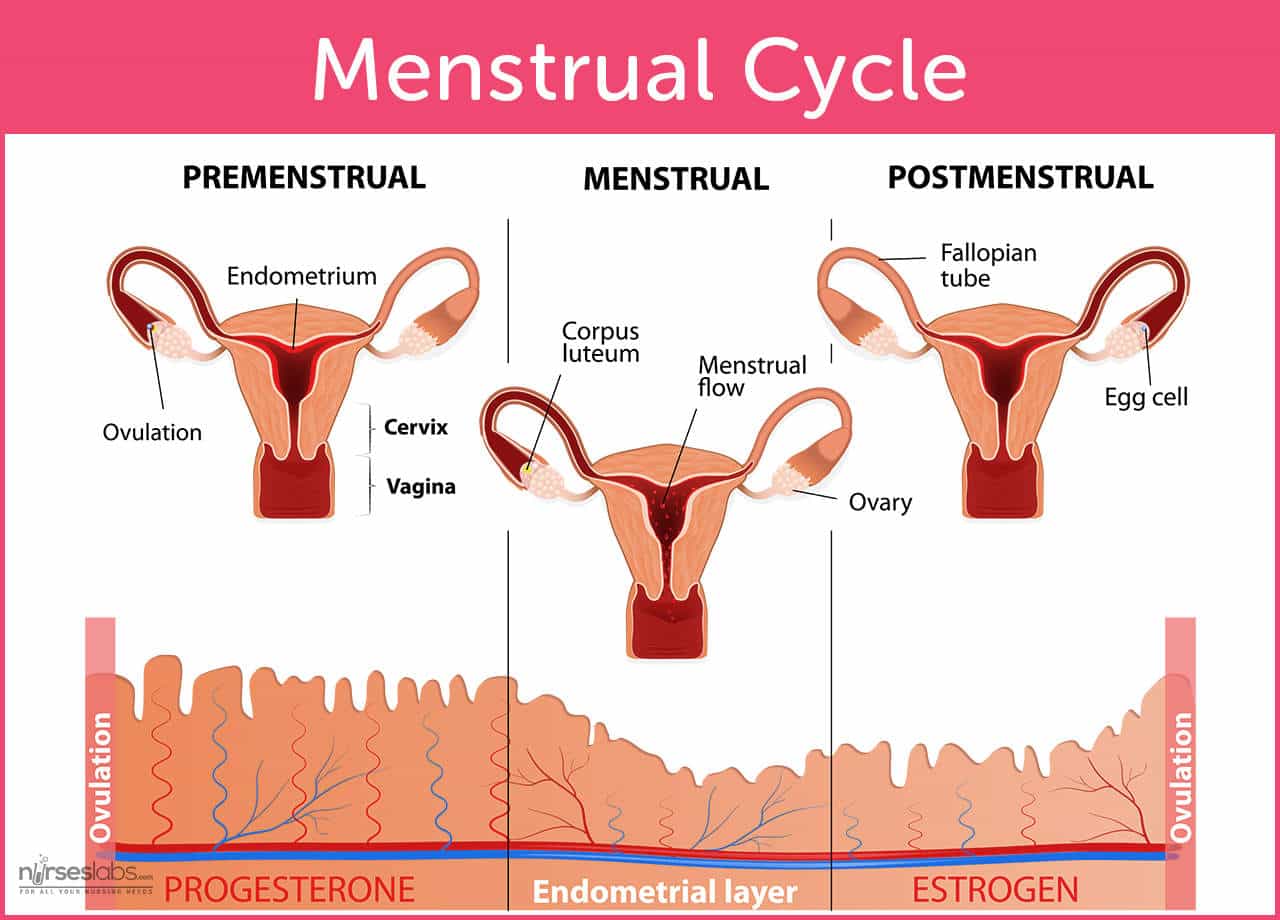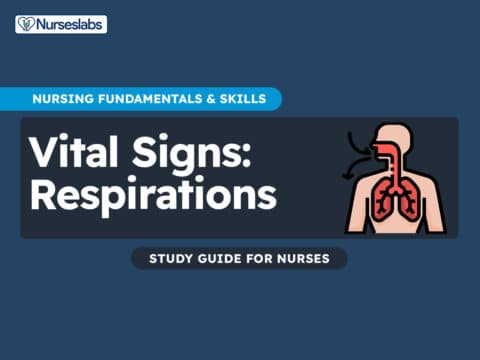Being a woman requires a long, tedious, yet natural process. Women are like wine that brews better the more they age, and certain milestones in their lives determine their maturity. The transition into womanhood is something that has proved to be a living masterpiece of nature. The menstrual cycle is a fundamental aspect of women’s reproductive health, marking the body’s intricate process of preparing for pregnancy each month. Understanding the menstrual cycle and the potential disorders that can affect it is essential for nursing professionals in providing holistic care to women. From adolescence to menopause, the menstrual cycle plays a crucial role in women’s physical and emotional well-being, making it vital for nurses to be well-versed in recognizing and managing menstrual disorders effectively.
This article aims to serve as a comprehensive nursing guide to the menstrual cycle and menstrual disorders, delving into the hormonal changes, phases of the cycle, and common disorders that women may experience.
What is Menstruation?
- Menstruation is the female reproductive cycle that is characterized by the bleeding of the uterus as a response to the system of hormonal changes.
- During the menstrual cycle, the ovum reaches its maturity, and a new uterine bed is made ready for the implantation of the fertilized ova.
Characteristics
The regular menstrual flow has certain features that determine if you are indeed shedding normally every month.
- The average age wherein the onset of menstruation occurs is at the age of 12.4 years old.
- The usual average range of age of onset is 9-17 years old.
- The average interval in between cycles is 28 days. Cycles that range from 23-35 days is also normal.
- The average duration of menstrual flow is 2-7 days, but a range of 1-9 days is not unusual.
- The average amount of menstrual flow is 30-80 mL.
- The normal color of menstrual flow is dark red, which is a combination of blood, mucus, and endometrial cells.
- The normal odor of a menstrual flow is likened to the smell of marigolds.
Physiology
A lot of hands are plunging in during the process of the menstrual cycle. If hands ultimately mean the organs and other parts of the body, then the process will go like a cycle just as long as these assistants are there to perform their task.
- The menstrual cycle is initiated by the luteinizing hormone-releasing hormone, which is released mainly by the hypothalamus.
- With puberty, the hypothalamus becomes less sensitive to the estrogen feedback that results in the release of the gonadotropin-releasing hormone or GnRH.
- From the hypothalamus, the GnRH travels toward the pituitary gland to signal the release of the follicle-stimulating hormone and the luteinizing hormone.
- The FSH is responsible for the maturation of the ovum.
- The LH is responsible for the ovulation and the thickening of the uterine lining during menstruation.
- FSH then activates one primordial follicle from the ovaries to grow and mature.
- When the follicle reaches full maturity, it is now called the Graafian follicle.
- The pituitary gland releases LH, then the prostaglandins that are released ruptures the Graafian follicle.
- Ovulation takes place, and the ovum is swept into the fallopian tube.
- The LH acts upon the follicle cells of the ovary and in turn, it produces a yellow fluid that is called lutein.
- Lutein fills the empty follicle, which is now termed as the corpus luteum.
- If conception does not occur, the unfertilized ovum will atrophy after 4 to 5 days, and the corpus luteum will remain for 8 to 10 days.
- The corpus luteum is replaced by the corpus albicans, a white fibrous tissue.
The Phases of the Menstrual Cycle
The uterus is the main chamber where the main event occurs. Let us take a peek at how the series of events takes place and becomes the ultimate show of reproduction.

Proliferative Phase
- After 4 to 5 days of the menstrual cycle, the lining of the uterus is only one cell layer deep, which is very thin.
- The ovary produces estrogen as the endometrium proliferates to approximately an eightfold of the usual layer.
- From day 5 to 14 of the cycle, the endometrium continues to increase in thickness.
Secretory Phase
- Through the LH, progesterone is formed in the corpus luteum, leading to the endometrium becoming twisted in appearance.
- There is an increase in the amount of the capillaries, and the lining becomes rich and spongy.
Ischemic Phase
- When there is no fertilization, regression of the corpus luteum starts until its tenth day.
- Progesterone and estrogen decrease which causes sloughing off of the uterine lining and the capillaries rupture.
- This is the end of the menstrual cycle which contains blood, mucus, endometrial tissues and the unfertilized ovum.
- The menses is the only external marker of the cycle, and it also marks the first day of the next cycle.
Menstrual Disorders
Oftentimes, the physiology of the menstrual cycle is disrupted by disorders that leave the woman writhing in pain or wondering if they have a normal flow of menses. These disorders are uncovered in the following list.
Dysmenorrhea
- Dysmenorrhea is defined as the painful menstruation.
- The release of prostaglandins during the ischemic phase of the menstrual cycle causes the contraction and the pain.
Menorrhagia
- Defined as a heavy menstrual flow that is abnormal, menorrhagia is the amount of menses that is greater than 80 mL.
- Lack of subsequent progesterone secretion and ovulation results in continuous estrogen production, and extreme proliferation of endometrium occurs.
Metrorrhagia
- Bleeding between menstrual periods is the usual characteristic of metrorrhagia.
- Decreased progesterone levels and endometrial sloughing often causes metrorrhagia.
Mittelschmerz
- The pain when there is a drop of follicular fluid into the abdominal cavity, leading to the release of prostaglandins, is called mittelschmerz.
- It is a clear mark for ovulation because the pain is usually felt on one side of the abdomen, which is near the ovary.
Endometriosis
- Extrauterine endometrial cells abnormally grow in the uterine ligaments or ovaries. Excessive endometrial production and return of some blood and tissue into the fallopian tube during menstrual cycle causes endometriosis.
The absence of menstrual flow because of a non-definitive cause can happen in any female who is found to be pregnant or has other related conditions.
The menstrual cycle in females is another manifestation of how wonderful our body works and flows. Each and every process in every system has its own essential role, and the normal physiology of the body should never be disturbed to create an equilibrium of wellness that is as priceless as all the treasures of the earth.




































Leave a Comment